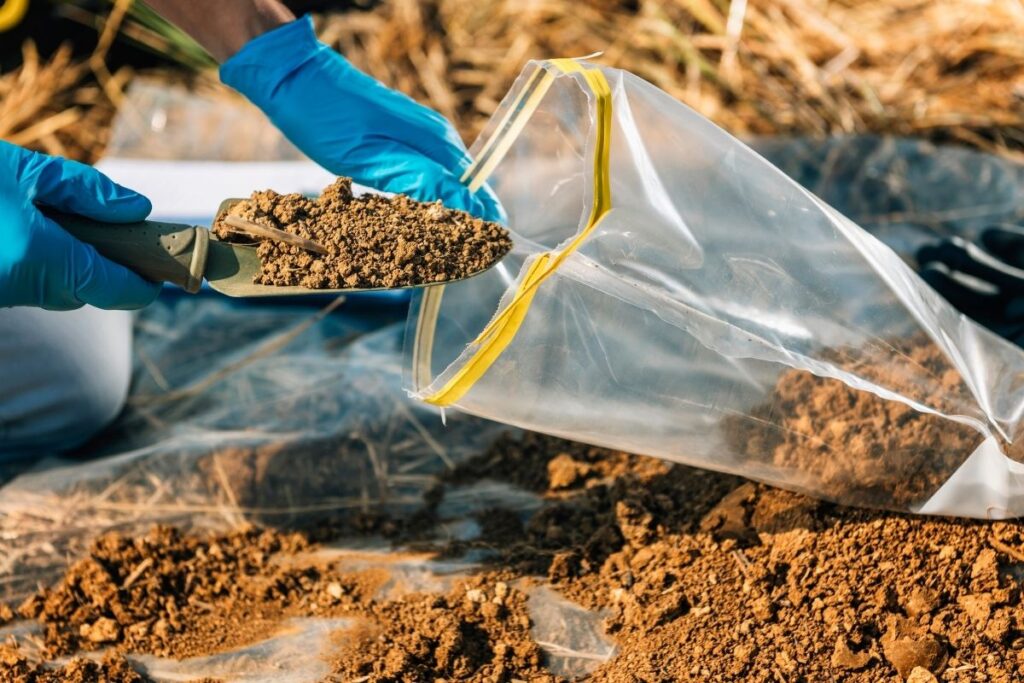Testing soil before starting construction plays a vital role in making smart choices about building foundations. Soil testing reveals important details about the ground where buildings will stand. During the engineering process, engineers check the strength of soil layers and how well they hold together. Each project is supported by the right support system, which is determined by the findings of the foundation solutions experts.
- Key soil factors that affect foundations – Different types of soil behave in unique ways. Some soils expand when wet and shrink when dry, which puts stress on foundations. Sandy soils drain well but might not hold weight as effectively. Clay soils hold water and change size more dramatically with moisture changes. Each soil type needs specific foundation approaches.
- Moisture content importance – The amount of water in soil greatly affects how it behaves under buildings. Too much moisture weakens some soils, while others need some moisture to stay stable. Testing shows current moisture levels and helps predict how moisture changes might affect the ground over time.
- Soil strength measurement – Special tools measure how much weight soil can support without giving way. This tells engineers exactly what kind of foundation will work best. Strong soils need simpler foundations, while weaker soils require more complex support systems.
- Depth considerations – Testing shows how deep, stable soil layers lie beneath the surface. Sometimes, good soil sits right at the surface, while other times, builders must dig deeper to reach solid ground. This information directly affects foundation depth decisions.
- Chemical composition analysis – Soil contains various minerals and chemicals that might affect building materials. Some chemicals break down concrete over time, while others cause metal supports to rust faster. Foundation solutions professionals use this information to choose the right materials that last longer.
- Seasonal changes impact – Different seasons bring varying amounts of rain and temperature changes. Soil tests help predict how these changes affect ground stability throughout the year. This helps create foundations that stay strong no matter what the weather brings.
- Load-bearing capacity – Engineers calculate exactly how much weight different soil areas can hold. This includes both the building’s weight and anything inside it. Proper testing ensures foundations distribute weight evenly across the soil.
- Local building requirements – Each area has specific rules about foundation design based on local soil conditions. Proper testing makes sure new foundations meet all these requirements while keeping buildings safe.
- Settlement predictions – Soil testing shows how much a building might sink over time. Some settlement is normal, but too much causes problems. Good foundation design prevents excessive settlement based on soil test results.
- Environmental impact assessment – Testing reveals how construction might affect the surrounding area. This includes checking for protected species or important water sources underground. Foundation solutions must protect both the building and the environment.
- Final foundation recommendations – After gathering all this information, engineers create detailed plans for the best foundation type. These plans consider all soil factors, building needs, and local requirements. The right Foundation solutions protect buildings while saving time and resources.
Through proper soil testing and analysis, builders create foundations that match each site’s unique needs. This careful approach leads to better buildings that serve their purpose while staying safe and stable. When foundation solutions match soil conditions perfectly, buildings perform better and last longer, benefiting everyone involved in the project.


